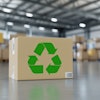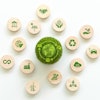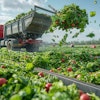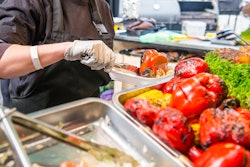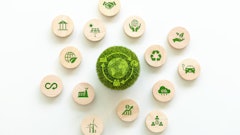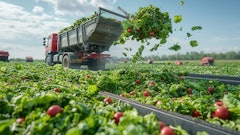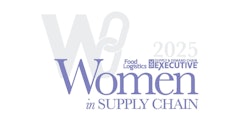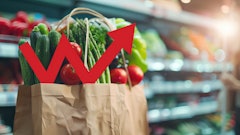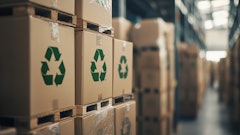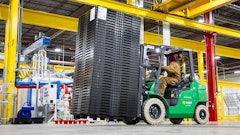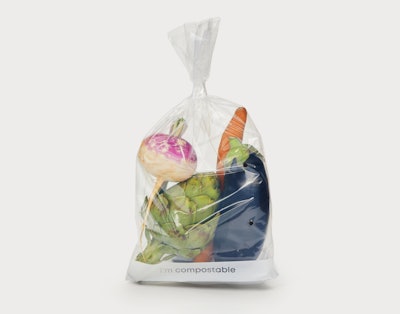
This holiday season, online sales were up more than 10%. This follows the boom of online shopping that began in 2020, when pandemic lockdowns largely prevented consumers from making in-store purchases. And with that jump in online shopping and shipping has been an exponential increase in the use of plastic wrapping and packaging for orders of everything from household items to food to apparel to COVID-19 tests.
The latest glut of plastic waste, which piles onto the huge amount of plastic already generated, has drawn more attention to the enormity of the problem. In some places, legislators are working to write limitations or outright bans on usage of plastics in online shipping, which is driving companies to desperately search for sustainable packaging. Fortunately for them – and for the planet – those alternatives do exist, perhaps most importantly in the form of compostable packaging.
Plastics are forever. They never really go away, but turn into microplastics, which many experts see as an even bigger problem than full size plastics, as they endanger the environment and human health. Microplastics have been found in nearly every part of the environment, in animals and even in humans.
And while many jurisdictions have recycling programs, these are often ineffective; according to experts, as much as one-third of plastic put into recycling bins isn't recycled because it is contaminated. Even worse, the plastic that IS recycled must go through a process not many people are aware of: recyclable packaging is made up of different layers and materials, and sorting these layers and materials in order to recycle all of them is extremely complex, expensive and often unsustainable. Recycling of flexible plastic, the type of plastic often used for shipping goods and the world’s fastest-growing category of packaging, is particularly difficult to recycle, making it a major contributor to the problem of plastic waste both in land and water. In total, only about 9% of all plastic produced worldwide is ever recycled.
One alternative being adopted by online retailers is compostable packaging, which many experts consider to be the best form of environmentally-friendly material because it eventually turns into compost, which can nourish agricultural fields and increase crop yields.
In addition to its environmental benefits, compostable plastic also offers many of the benefits of traditional plastic films and flexible packaging: It keeps goods fresh and clean while in transit; can be transparent so consumers can see what’s inside; and can be printed with a brands’ logo and other information.
As more brands embrace compostable packaging, there will likely be a ripple effect, with others wanting to make that change, too, and with more packaging suppliers starting to offer this solution. Indeed, market studies show that the compostable packaging market, which was valued at $46.4 billion in 2021, is expected to reach $75 billion by 2029.
Of course, whatever plastic-alternative a company chooses must also be fitting for its products. Compostable packaging, especially, can be a good choice when shipping food and other items that need to stay clean and dry. It offers similar flexibility, transparency and other qualities that have made traditional plastic such a popular choice for wrapping goods for shipping.
When a brand adopts sustainable packaging, it should also be sure to communicate that with consumers. Research indicates that 84% of Americans are concerned about waste from plastic packaging, and other data shows that 86% of Americans would be more likely to buy a certain brand if their packaging is sustainable.
It is also important that companies communicate how to best dispose of their packaging; this is especially crucial when it comes to compostable packaging. Putting the packaging into a compost pile or facility, rather than into trash or recycling, are key to gaining the benefits of these materials.
Moreover, when packaging is composted along with food and yard scraps, a valuable and rich end-product is produced - compost. Fields treated with compost absorb more carbon, have greater biodiversity and erode less easily, all of which help combat the effects of climate change. The addition of compost to fields also helps them retain more water, Adding 5% more to soil quadruples its capacity to hold water, meaning a reduced need for irrigation. Ultimately, the addition of compost can increase crop yields, another key concern as the world’s population grows.
While legislators are working on ways to get rid of plastic packaging, consumers and even businesses are also seeking out more immediate solutions to the plastic mess. Replacing single-use plastics for shipping with compostable packaging will go a long way to squashing shipping’s impact on the environment, and helping brands grow their appeal and business.
